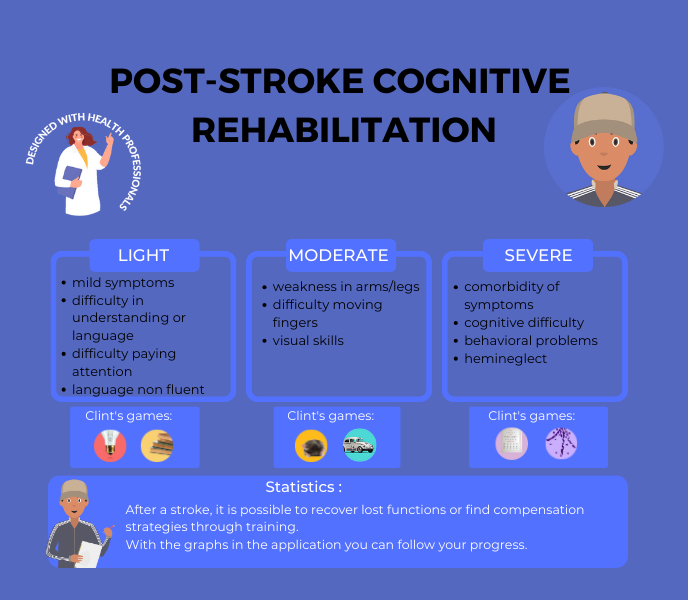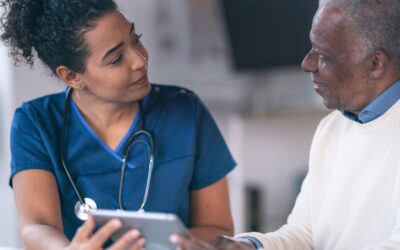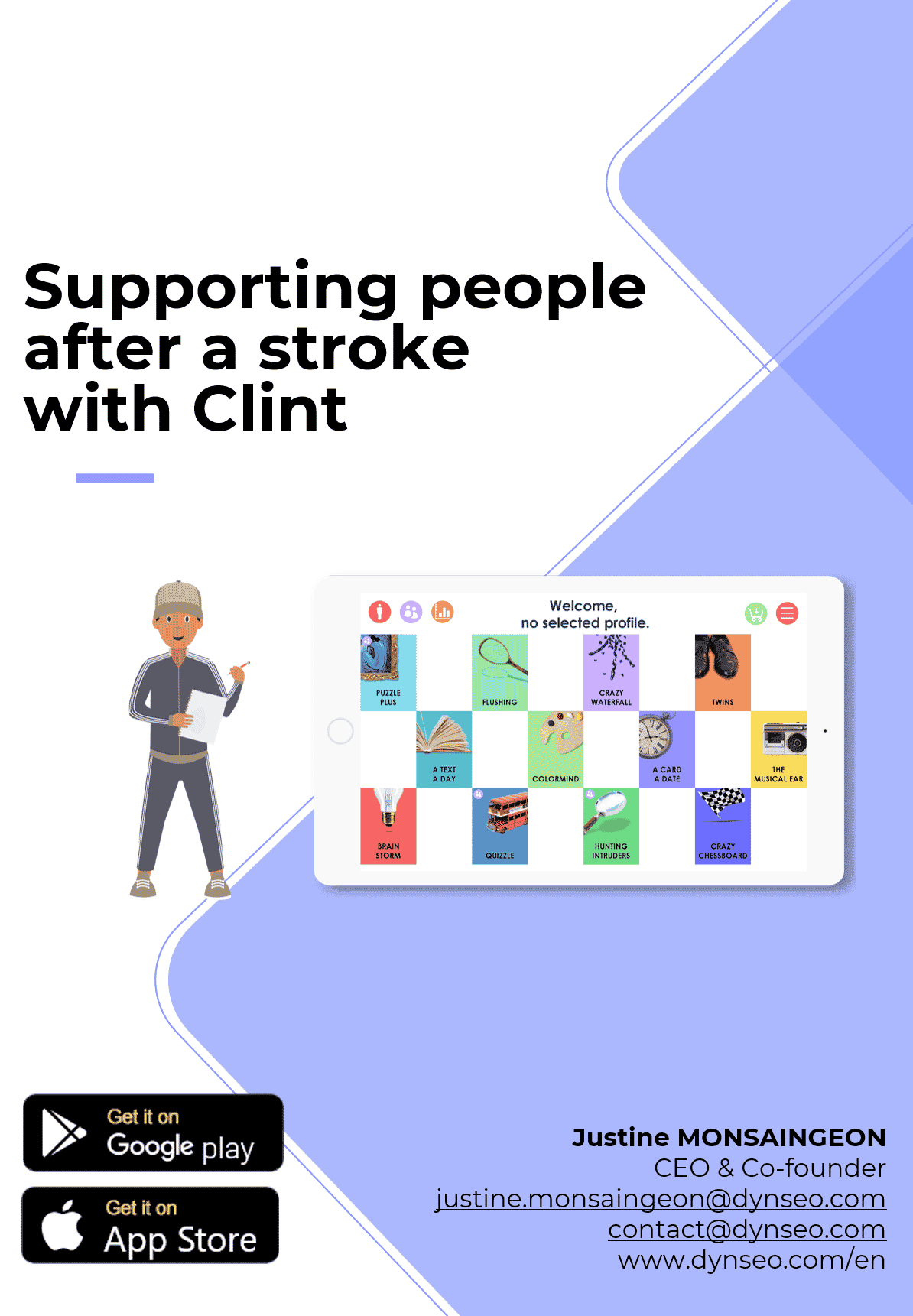A stroke is a serious medical condition that occurs when blood flow to the brain is interrupted, causing damage to brain cells. Stroke can have significant physical and cognitive consequences, but it’s just as important to discuss the psychological consequences and the rebuilding process that follows a stroke. A person’s mental and emotional health after a stroke is often overlooked, but it plays a crucial role in their ability to recover and regain a satisfying quality of life.
The psychological consequences of a stroke
A stroke can have a considerable emotional impact on an individual. The person may feel sad, angry, frustrated and anxious about the sudden changes he or she has to face. She may also have difficulty accepting her new reality and coping with the resulting physical and cognitive limitations. Depression is also common after a stroke, as people may feel overwhelmed by the challenges they face and lose hope in a better future.
Changes in personality and behavior are also common after a stroke. The person may become more irritable, impulsive or apathetic as a result of the brain damage. She may also have difficulty controlling her emotions and adapting to social situations. These changes can be difficult to manage for both the person and their loved ones, leading to tensions in family and social relationships.
The stages of reconstruction after a stroke
Reconstruction after a stroke generally takes place in three phases: the acute phase, the rehabilitation phase and the long-term recovery phase.
The acute phase occurs immediately after the stroke and focuses on stabilizing the person’s state of health. Emergency medical care is provided to minimize brain damage and prevent further complications. This phase is often very stressful for the patient and his or her family, requiring hospitalization and close medical supervision.
The rehabilitation phase begins once the person’s state of health has stabilized. The aim is to help people regain their physical and cognitive abilities through physical, occupational and speech therapy. This phase can be long and demanding, but it is essential to help the person regain their independence and quality of life.
The long-term recovery phase continues after the end of formal rehabilitation. It involves maintaining the progress made during rehabilitation and continuing to work on areas that still need improvement. This phase can last for years, or even a lifetime, as it is important for the person to continue taking care of their physical and mental health to avoid long-term complications.
How to redefine your identity after a stroke
After a stroke, it is common for people to experience significant physical and cognitive changes. Coping with these changes and adapting to a new reality can be difficult. However, it is possible to redefine one’s identity and find new meaning in life after a stroke.
To cope with physical and cognitive changes, it’s important to learn to adapt and find alternative ways of accomplishing daily tasks. This may involve using technical aids, learning new skills or adapting activities to make them more accessible. Accepting a new normal is also essential to avoid comparing yourself to the person you were before the stroke, and to focus on the progress you’ve made.
Finding purpose and meaning in life after a stroke can be a challenge, but it’s an important step in the rebuilding process. This can involve setting new, realistic goals, finding new passions and interests, or getting involved in volunteer or community activities. Finding meaning in one’s life can help people regain their self-confidence and feel valued.
The challenges of physical rehabilitation
Physical rehabilitation after a stroke can be extremely difficult because of the physical challenges faced. Mobility and coordination may be affected, making it difficult to perform daily tasks such as getting up, walking or getting dressed. Pain is also a common problem after a stroke, as muscles and joints can become stiff and sore from prolonged inactivity.
Physical therapy plays a crucial role in physical rehabilitation after stroke. It aims to help people regain their strength, mobility and coordination through specific exercises and rehabilitation techniques. Physical therapy can also help relieve pain and improve a person’s overall quality of life.
Impact on professional and social life
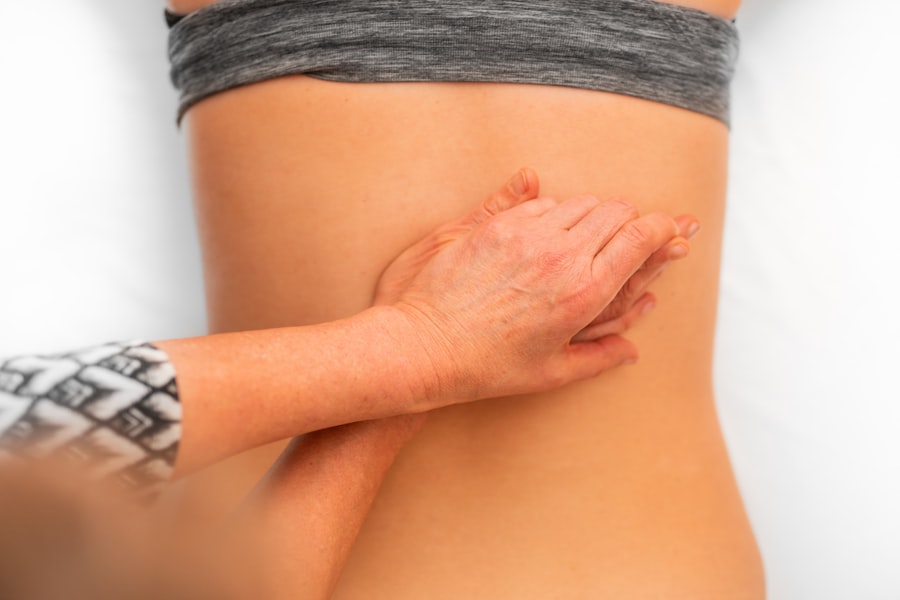
A stroke can have a significant impact on a person’s professional and social life. Some people may be unable to return to work after a stroke because of physical or cognitive limitations. This can lead to a loss of income and lower self-esteem.
Socialization can also be affected after a stroke. The person may feel isolated and lonely due to difficulties in participating in social activities or maintaining relationships with friends and family. It’s important for the person to seek support from loved ones, join support groups or seek professional help to cope with these challenges.
Strategies for regaining self-confidence
Regaining self-confidence after a stroke can seem insurmountable, but with patience and determination, many have succeeded in rediscovering their inner strength. Here are some in-depth strategies, accompanied by concrete examples and presented in the form of key points, that can help in this personal journey towards restoring self-esteem:
- Cultivating positive thinking:
- Example: Create a gratitude journal where each day you write down three things you’re grateful for. It can be as simple as a good meal, a call with a friend, or even getting a task done yourself.
- Tip: Start your day with positive affirmations. For example, repeat phrases like “I’m capable” or “I’m getting better one day at a time”.
- Set achievable goals:
- Example: If your long-term goal is to walk independently again, start with short-term objectives such as standing with support for a few minutes every day.
- Tip: Use the SMART method (Specific, Measurable, Achievable, Realistic, Time-bound) to define your objectives. This will make the process less intimidating and more structured.
- Celebrating small victories:
- Example: Give yourself a reward every time you reach a small goal, whether it’s a break with your favorite snack, a moment to relax and watch a movie, or a small gift.
- Tip: Share your progress with friends and family or on social networks if you feel comfortable. Receiving encouragement and praise can be a great morale booster.
- Seek support from relatives and professionals:
- Example: Organize regular meetings with a therapist or take part in support groups for people who have experienced a stroke. Hearing other people’s stories and sharing your own can be incredibly powerful.
- Tip: Don’t hesitate to ask for help with everyday tasks. Accepting help doesn’t mean you’re weak; it means you’re strong enough to recognize when you need others.
- Practicing self-kindness:
- Example: Make time for your favorite activities or hobbies that make you happy, even if they have to be adapted to your current situation.
- Tip: Be patient and kind to yourself. Stroke recovery is a process, and there will be better days and worse days. Recognizing and accepting this is part of healing.
By integrating these strategies into your daily routine, you’ll start to see positive changes in your self-perception and confidence in your abilities. Remembering that every small step forward is significant progress can be the foundation on which to rebuild your self-confidence after a stroke.
The need to set new goals
After a stroke, it’s important to set new goals to maintain motivation and a sense of achievement. Having a purpose in life can help a person stay motivated and keep working on recovery. It’s important to set realistic, achievable goals, taking into account physical and cognitive limitations.
Finding new hobbies and interests can also help redefine your identity after a stroke. This can be an opportunity to explore new activities that are adapted to the person’s current abilities. It can also help you meet new people and expand your social network, which is important for your emotional well-being.
The benefits of cognitive rehabilitation
Cognitive rehabilitation is an essential part of the post-stroke reconstruction process. It aims to improve memory, attention, problem-solving skills and overall cognitive functions. Cognitive re-education can be achieved through specific exercises, re-education techniques and the use of coping strategies.
Improving memory and attention can help people regain their independence and resume their daily activities. Strengthening problem-solving skills can help a person to cope with everyday challenges and find effective solutions. Cognitive rehabilitation can also improve a person’s overall quality of life, enabling them to regain a degree of autonomy and reducing the frustrations associated with cognitive difficulties.
The importance of friends and family in the rebuilding process
The support of those around you is crucial to rebuilding after a stroke. Family and friends can provide emotional support, encouragement and practical help in coping with everyday challenges. They can also play an important role in motivation and maintaining a positive attitude.
Joining support groups can also be beneficial, as it enables the person to meet others who have gone through similar experiences. These groups offer a safe space to share stories, advice and strategies for coping with stroke-related challenges. They can also provide the emotional support and mutual understanding that are essential for recovery.
Resources available to support reconstruction after a stroke
AND FOR FURTHER INFORMATION
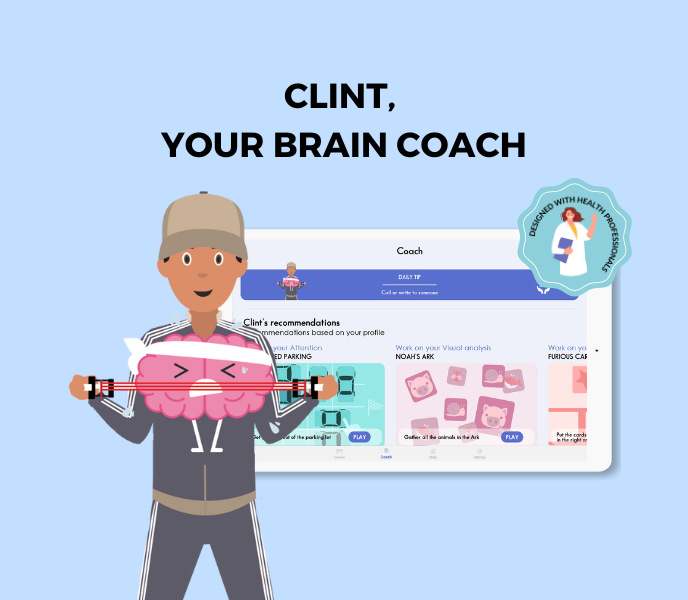
CLINT, YOUR BRAIN COACH
With your CLINT brain coach, you choose which cognitive functions to target: attention, concentration, executive functions, mental agility, strategy implementation, etc. A fun, efficient program that supports you every day.
Other articles that might interest you:
The Different Types of Stroke Explained: Ischemic, Hemorrhagic and TIA.
A stroke is a serious medical condition that occurs when blood flow to a part of the brain is interrupted or reduced,...
Preventing Stroke Recurrence: Measures and Lifestyle Changes.
A stroke is a serious medical condition that occurs when blood flow to the brain is interrupted, causing damage to...
Innovations in Stroke Treatment: From Research to Practice
Stroke, a debilitating cerebrovascular event, strikes with suddenness and severity, altering lives in an instant....


